Spectacle de bulles original, saison II – Le monde de bulles de Fan Yang (맛있는버블매직쇼 시즌2)
2.4Km 2011-08-03
109-4, Hyehwa-dong, Jongno-gu, Seoul-si
- Ligne Info Tourisme : +82-2-1330 (coréen, anglais, japonais, chinois) - Pour obtenir plus d'info : +82-2-2263-9741~2 (Korean)
Une production originale de bulles par Fan Yang, le plus grand artiste de bulles du monde !
Le spectacle met en scène l’artiste de bulles canadien Fan Yang et son frère Jano Yang en partenariat avec Waysbe Co., Ltd. and Neodus Co., Ltd. La production, la musique, le script, l’éclairage et la décoration de la scène pour ce spectacle de 80 minutes ont été faits en Corée.
Le spectacle est un régal pour les yeux, alors que la scène se remplit de myriades de magnifiques créations de bulles faites à la main ou avec des outils simples. Une profusion de bulles, un éclairage enchanteur, un spectacle de lasters et des effets spéciaux emmènent le public dans un monde de rêve et de fantaisie. Les visiteurs peuvent non seulement apprécier le talent artistique, mais ils peuvent également participer à de nombreuses reprises aux merveilles scientifiques et à la beauté des bulles.
Pour prolonger les jeux de bulles, une zone d’expérience « Attrape les bulles » se trouve près du salon dans le hall d’entrée. Vous pouvez également essayer de fabriquer des bulles à la galerie de photos des bulles dans le couloir du théâtre.
D’autres super programmes interactifs incluent le concours de bulles, un programme d’expérience de bulles (avec des artistes de bulles et des acteurs-personnages) ainsi qu’une zone photo des bulles où vous pouvez prendre une photo souvenir gratuite.
Le spectacle a lieu dans le Myeongbo Art Hall (anciennement Théâtre Myeongbo), le deuxième théâtre entièrement consacré au spectacle des bulles après le Théâtre des bulles de Broadway. Situé à Euljiro 3-ga, le théâtre entier est décoré sur le thème de l’art des bulles.
Nanta à Chungjeongno (난타 - 충정로)
2.4Km 2019-01-16
Chungjeongno 7, Seodaemun-gu, Séoul
+82-2-739-8288
Nanta est un spectacle familial plein de dynamisme qui transforme les couteaux, les planches à découper et les autres ustensiles de cuisine en instruments à percussion pas comme les autres ! Depuis sa première représentation en octobre 1997, Nanta a reçu un accueil très chaleureux et c’est le spectacle qui a attiré le plus grand nombre de spectateurs dans l’histoire de la Corée. Ses débuts internationaux au festival Fringe d’Edimbourg en 1999 ont également été couronnés de succès. En février 2004, c’était le premier spectacle asiatique à être représenté à Broadway, ce qui a définitivement établi sa réputation dans le monde du spectacle coréen. A présent, ce sont quelques 6 400 000 spectateurs du monde entier qui ont pu apprécier ce spectacle, et Nanta vise à devenir un spectacle permanent à Séoul. Le spectacle attire 680 000 spectateurs étrangers par an, et a été reçu le prix du programme d’excellence en 2009.
OKIN PIZZA (옥인피자)
2.5Km 2021-03-19
26, Ogin-gil, Jongno-gu, Seoul
+82-2-737-9944
This is a Western cuisine located in Jongno, Seoul. The best menu at this restaurant is pizza. You can eat delicious pizza at hanok, a Korean traditional house.
Food & Culture Academy (푸드앤컬쳐 아카데미)
2.5Km 2018-03-29
116, Pirundae-ro, Jongno-gu, Seoul
Food & Culture Korea propose des cours de cuisine coréenne et des programmes d’activités culturelles culinaires pour les visiteurs étrangers depuis 2002. Les cours se font en anglais et en japonais. Les participants apprennent à confectionner de nombreux plats coréens, parmi lesquels le kimchi, le bulgogi, le tteokbokki ou le bibimbap d’une manière systématique, simple et amusante.
Daesungjip (대성집)
2.5Km 2021-03-27
5, Sajik-ro, Jongno-gu, Seoul
+82-2-735-4259
Daejungjip has specialized in Dogani tang (ox knee joint soup) for 60 years. Customers can feel a simple and familiar ambience at the restaurant.
Appe Seoul (아뻬서울)
2.6Km 2021-03-24
1, Changgyeonggung-ro, 35na-gil, Jongno-gu, Seoul
+82-10-7390-8742
You can eat honey cake that you cannot enjoy anywhere else. This cafe is located in Jongno-gu, Seoul. The representative menu is coffee.
Hostel Vanilla2
2.6Km 2021-04-09
34-8, Jong-ro 57-gil, Jongno-gu, Seoul
+82-10-9945-1944
Hostel Vanilla 2 is a guesthouse in a residential house located in Sungin-dong, Jongno-gu, Seoul. The 2-story house has 9 cozy rooms. Over 90% of the guests are from China, Taiwan, Hong Kong, Thailand, and Japan, and most of them are in their twenties. Since it is within a 10-minute walk from Dongdaemun Design Plaza, most guests – particularly those who came to Korea to shop during their tour - stay there for three or four days. All the guestrooms are for two and are kept clean at all times. The guesthouse provides free luggage storage service even after the guest has checked out, which is very convenient to the shoppers. Because the guests are young, the guesthouse owner communicates with the guests through various social network services and apps.
Marché aux puces de Hwanghak-dong (황학동 벼룩시장 (도깨비시장/만물시장))
2.6Km 2020-05-12
11-7, Majang-ro 5-gil, Jung-gu, Seoul
+82-2-1330
Le marché ancien de Hwanghak-dong est le principal marché des articles d’occasion à Séoul. Il est également connu comme "le marché monstre” ou "le marché total”
Il a commencé à se développer et grandir dès 1950 et il compte maintenant approximativement 1 000 magasins sur un espace s’étendant derrière les appartements Samil entre les numéros 13 et 17, Cheonggyecheon 8-ga dans Jung-gu à Séoul.
Articles
Le marché de Hwanghak-dong est divisé en 5 sections de magasins et d’échoppes dans les rues qui vendent des antiquités, de l’électroménager et des machines. Chaque magasin regorge d’antiquités difficile à trouver ailleurs - meule, mortier, chaudronnier, vieux appareils photo, phonographes, pipes, argent, boussoles et divers appareils électroménagers comme des téléviseurs et des réfrigérateurs. Beaucoup de visiteurs étrangers viennent au marché pour y trouver des articles rares et peu communs qu'ils ne peuvent trouver ailleurs à Séoul.
Informations sur les prix
Les prix sont en général de 20 à 30% plus bas que le prix normal, mais vous pouvez encore négocier avec les marchands. Attention aux surenchères peu raisonnables.
Heures d’ouverture
Ouverts d'une façon générale de 8 heure à 18h 30, toute l'année pour la plupart (certains peuvent fermer le dimanche).
** Suite à une restitution de la rive Cheonggyecheon, le marché a temporairement été aménagé au Stade de Dongdaemun.
AL MATTO (알마또)
2.7Km 2021-03-30
41-1, Sinheung-ro, Yongsan-gu, Seoul
+82-2-794-4616
It is a place that sells Italian-style oven pizzas. This Western dishes restaurant is located in Yongsan-gu, Seoul. The representative menu is wood-fired pizza.
Gungnara Naengmyeon Mukbap (궁나라냉면묵밥)
2.7Km 2025-08-01
6, Jibong-ro 12-gil, Jongno-gu, Seoul
+82-2-744-4701
Gungnara Naengmyeon Mukbap originally opened in Ansan, serving up delicious meals of naengmyeon and mukbap. The restaurant became popular, and eventually moved to its current location in Seoul. The jiggly acorn jelly goes well wit the sweet and sour broth in mukbap, a favorite summer-time dish. Visitors can also order the dish with a warm broth for a delicious and healthy dish year round.

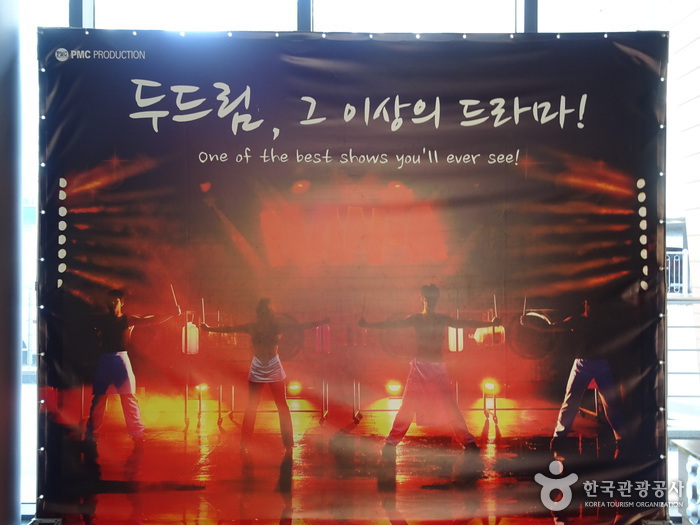
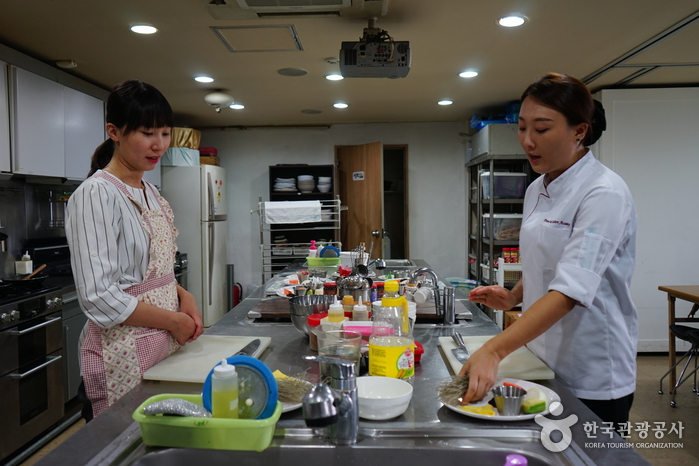
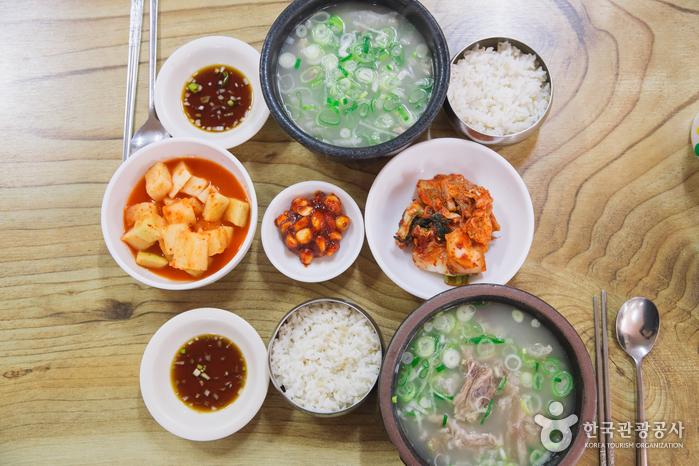
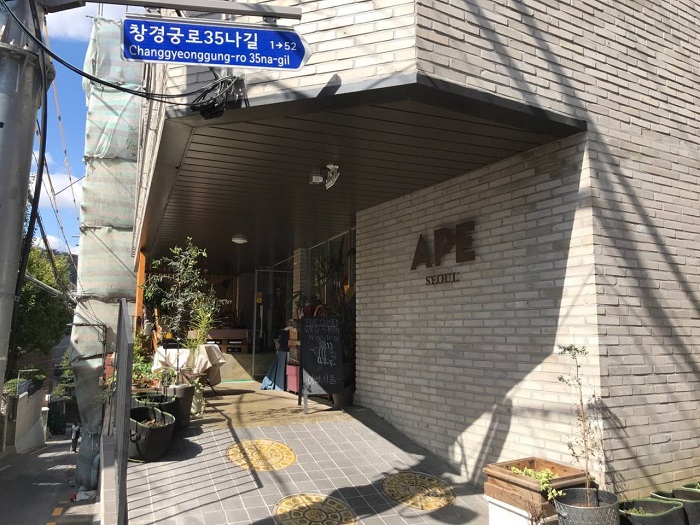
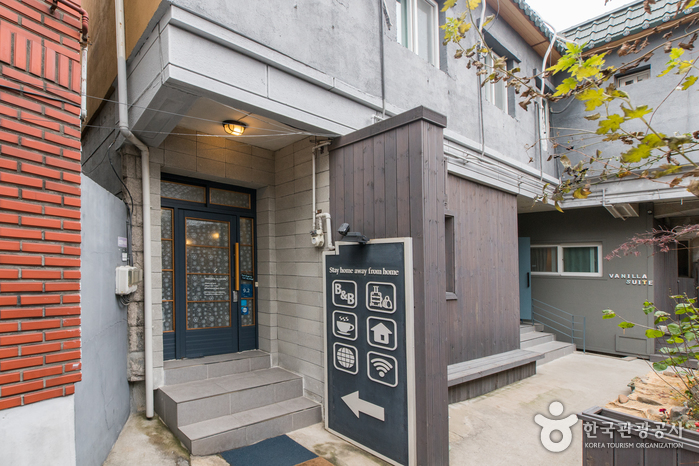
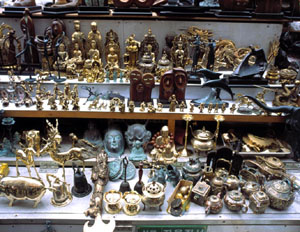
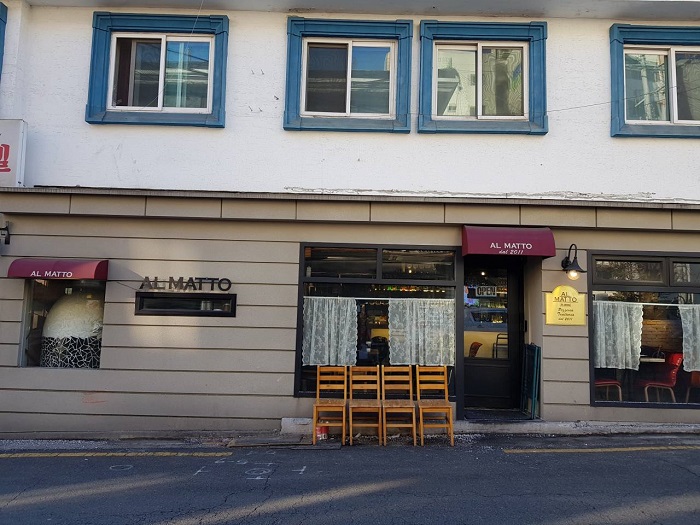
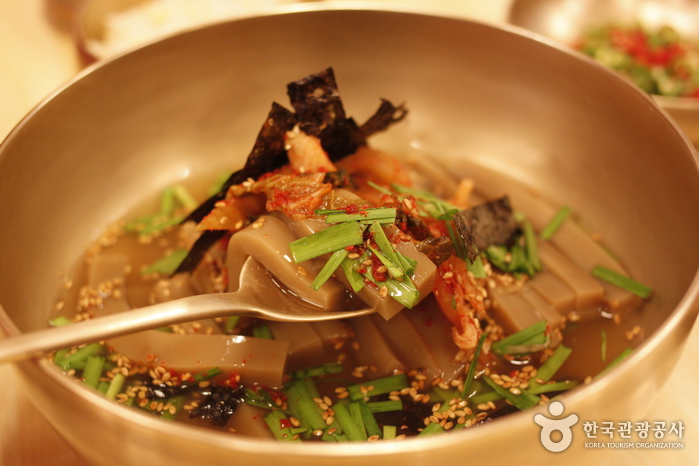
 Français
Français
 한국어
한국어 English
English 日本語
日本語 中文(简体)
中文(简体) Deutsch
Deutsch Español
Español Русский
Русский